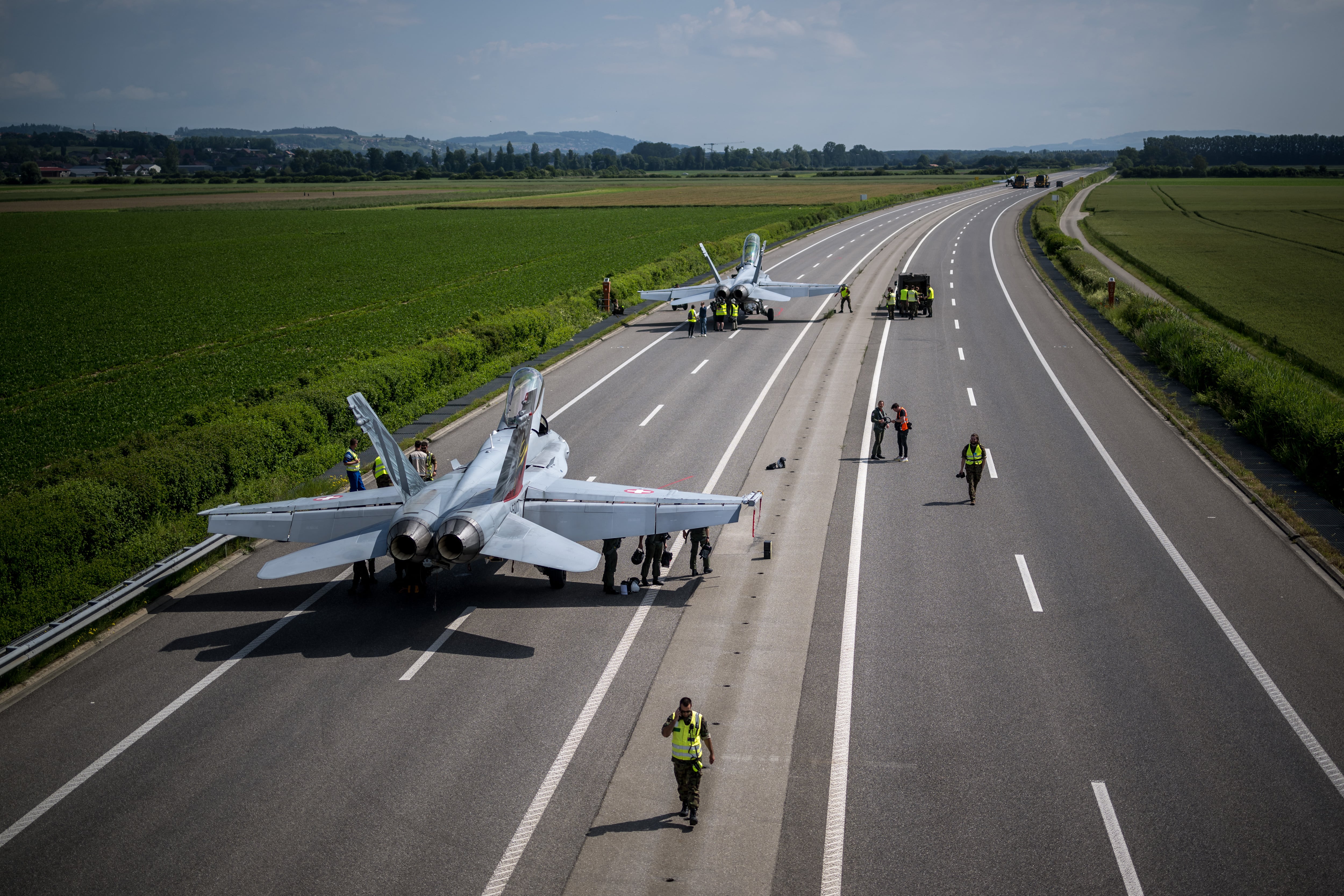When the Navy upgraded its Navy-Marine Corps Intranet to the Next Generation Enterprise Network, the Marine Corps decided to go its own way, with a government-owned, government-run network for the service.
The Marine Corps Enterprise Network is the result of that decision, something officials say they have been working on for years to continue providing Marines with communications and networking requirements. That work is growing along, according to Ken Bible, deputy director for C4 and deputy CIO at the Marine Corps.
"The need to provide assured means of communication and the need to defend the network [war fighters] are relying on to get their mission done – that changes the equation," Bible said April 21 at the AFCEA Cyber Defensive Operations Symposium in Washington, D.C. "And one of the things I really appreciate about the Marine Corps is they understand that mission and get after that problem…starting with the Marine Corps enterprise information network unification plan."
The plan aims to tie together the Marines' Corps’ pieces of the former NMCI, the service’s secret classified network, the Secure Operational Networks Infrastructure and Communication program, and other communications-related efforts.
"From a unification perspective…we're bringing all these things together to support a Marine Corps enterprise network that can support from the fighting hole at the edge back to the garrison. Because we don't have time to build a new network when we go out the door to fight," Bible said.
Bible pointed to three main "lines of access" to support the ongoing efforts in deploying and transporting the network and supporting Marines at the edge:
- Transforming the network: That means continuing with the unification plan and "extending it further out" to create a seamless capability, Bible said. That effort also is tied to renovating existing applications and "creating application logic that can be supporting in that very austere network," he said.
- Investing in workforce: Once Marine Corps officials decided to go with a government-owned/government-run network, they turned their focus to the people charged with managing it. "We spend a lot of money on people," Bible said. "We’ve been through a very concerted effort to identify what it really takes to run the network, and that includes the military, civilian and contractor workforce." Besides identifying the right workforce, Marine officials also recently went through military operational specialty (MOS) modernization, looking at what’s needed, what’s not needed and what the Marine Corps needs more. Bible added that officials also are looking at "reshaping" MOSes.
- Getting at efficiencies: Transforming the network doesn’t come cheap, Bible acknowledged. "That means finding the money to create an environment where we can renovate current applications and get at new capabilities as they’re identified by the war fighter."
BONUS: Hear Eron Miller, satcom division chief for DISA's Infrastructure Directorate, speak on a panel about the military's approach to rapid provisioning of satellite bandwidth at a special C4ISRNet breakfast event April 27th. Mr. Winston Beauchamp, deputy undersecretary of the Air Force for Space, will keynote. Go here for more information.








